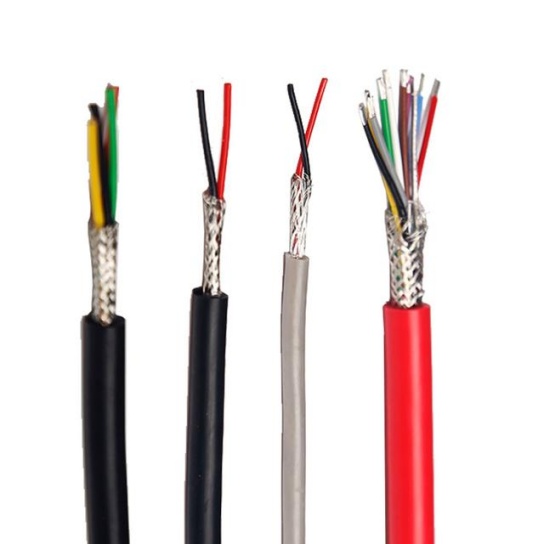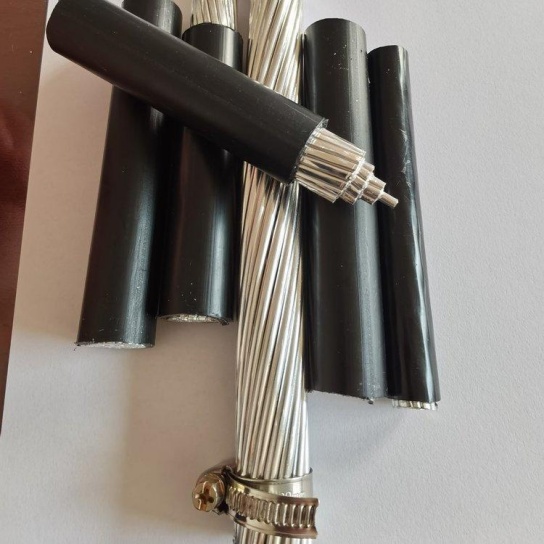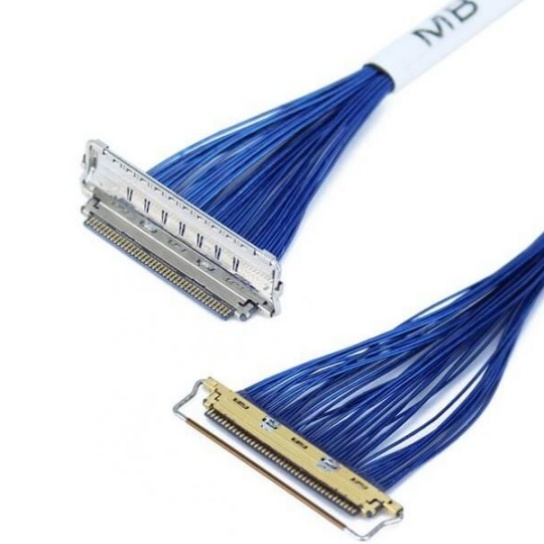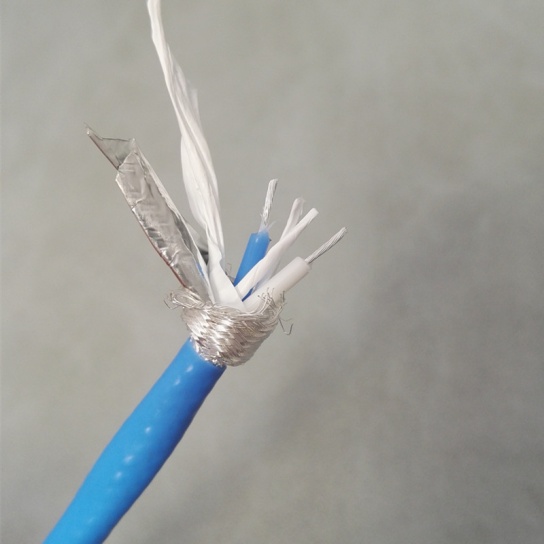The Evolution of Aircraft Cable Assemblies Over the Last Decade
Aircraft cable assemblies, once regarded as mere mechanical connectors, have undergone a remarkable transformation over the past decade, emerging as critical neural networks that enable modern aviation’s most advanced capabilities. As aircraft design has evolved to meet demands for greater efficiency, connectivity, and electrification, the cables that transmit power, data, and control signals have evolved in parallel—driven by stringent regulatory updates, material science breakthroughs, and digital manufacturing innovations. This evolution reflects the aerospace industry’s relentless pursuit of safety, performance, and sustainability, with market growth mirroring these advancements: the global aircraft cables market has expanded from a solid foundation to projected growth of 7.9% annually through 2029, reaching $6.77 billion as new technologies redefine possibilities .
Regulatory Evolution: Safety as the Driving Force
The past decade has seen a dynamic refinement of aerospace standards, with regulatory bodies worldwide pushing for enhanced reliability and performance. In 2016, SAE International reaffirmed its AS 23053/4A standard, establishing stricter requirements for heat-shrinkable polyolefin insulation sleeves—a critical component in protecting cables from extreme temperatures . This update set the stage for a series of regulatory advancements, culminating in the 2025 release of BS EN 3745-306, a pivotal standard focused on optical fibres and cables for aircraft use. This new specification introduced rigorous test methods for assessing attenuation variation during temperature cycling, addressing the challenges posed by the extreme thermal environments of modern flight .
Regulatory shifts have also emphasized adaptive safety frameworks. In 2017, Australia’s Civil Aviation Safety Authority (CASA) revised its 15-year mandatory replacement rule for primary flight control cables, introducing a risk-based inspection regime focused on corrosion and fraying detection . This change highlighted an industry-wide move toward performance-based regulation, where cables are evaluated based on real-world condition monitoring rather than arbitrary time limits. Concurrently, updates to RTCA/DO-160F—harmonized with EUROCAE/ED-14F—expanded testing requirements for electrical systems, including new protocols for 270V DC power systems and enhanced electromagnetic compatibility (EMC) measures to support the growing complexity of avionics .
These regulatory developments have created a framework where safety and innovation coexist, pushing manufacturers to develop cables that not only meet compliance but exceed performance expectations.
Material Science: Beyond Steel to Advanced Composites
A decade ago, aircraft cables were predominantly constructed from high-strength steel alloys, valued for their tensile strength but limited by weight and corrosion susceptibility. Today’s cable assemblies tell a different story, with material innovation driving significant leaps in performance. The transition from traditional steel to advanced composites and specialty alloys has been transformative, with nickel-chromium-cobalt alloys now widely used for their ability to withstand extreme temperatures and mechanical stress .
Galvanized steel remains a staple in certain applications, its zinc coating providing enhanced protection against corrosion and abrasion . However, the most significant advancements lie in the adoption of lightweight, high-performance polymers and fiber optics. Samtec’s 2025 introduction of ultra-low skew twinax cables, featuring 34 American Wire Gauge (AWG) conductors, exemplifies this trend. These cables support data rates up to 64 gigabits per second (Gbps) using PAM4 modulation, critical for the next generation of avionic communication systems while reducing overall weight .
The rise of electric and hybrid-electric aircraft has further accelerated material innovation. These platforms demand cables that can handle higher voltage loads while minimizing weight and electromagnetic interference (EMI). As a result, manufacturers have developed specialized insulation materials and shielding technologies that meet DO-160F’s stringent EMC requirements, ensuring reliable operation in electrified powertrains . This shift toward multi-functional materials—combining strength, flexibility, and conductivity—has redefined what aircraft cable assemblies can achieve.
Manufacturing Paradigms: Precision Through Digitalization
The last decade has witnessed a fundamental shift in how aircraft cable assemblies are produced, with digital manufacturing technologies replacing traditional manual processes. Automation has become central to achieving the precision required for modern aviation, with computer-aided design (CAD) systems enabling intricate cable routing optimization and 3D modeling of complex assemblies.
Samtec’s Accelerate interconnect system demonstrates the impact of digital integration, using direct-attach technology to eliminate transition cards, improve signal integrity, and reduce printed circuit board space . This approach not only enhances performance but also enables customization, as engineers can tailor cable management and thermal load distribution to specific aircraft requirements. Such advancements have reduced production lead times while improving consistency—a critical factor given the industry’s strict quality standards.
Lean manufacturing principles, combined with real-time quality monitoring, have further elevated production standards. Automated testing systems now verify every cable assembly against performance specifications, from conductivity and insulation resistance to EMI shielding effectiveness. This digital transformation has not only improved reliability but also enabled predictive maintenance, where cables are equipped with sensors to monitor wear and performance throughout their lifecycle—a capability that aligns with CASA’s inspection-focused regulatory approach .
Meeting Modern Aviation’s Demands
Today’s aircraft cable assemblies must address three defining trends: electrification, connectivity, and sustainability. The growing number of electric aircraft prototypes and hybrid-electric regional jets requires cables that can manage higher power densities without compromising safety or efficiency. This has driven the development of high-voltage cable assemblies with advanced insulation systems capable of withstanding 270V DC operations, as specified in the latest DO-160F revisions .
Connectivity has emerged as another key driver, with modern aircraft requiring seamless data transmission between avionics, in-flight entertainment, and communication systems. Fiber optic cables, now covered under BS EN 3745-306:2025, have become essential for high-bandwidth applications, enabling faster data transfer while reducing weight compared to traditional copper cables . These optical systems support everything from real-time flight data analytics to passenger connectivity, making them integral to the passenger experience and operational efficiency.
Sustainability has also influenced cable design, with manufacturers prioritizing materials and processes that reduce environmental impact. Lightweight cables contribute to lower fuel consumption, while corrosion-resistant materials extend service life, reducing replacement frequency and waste. The shift toward modular cable assemblies, which can be easily repaired or upgraded, further supports sustainability goals by minimizing the need for complete system overhauls.
FRS: Engineering the Future of Aircraft Cable Assemblies
At the forefront of this evolution stands FRS, a leading manufacturer of aircraft cable assemblies that has embraced every advancement of the last decade to deliver solutions that define industry standards. FRS’s commitment to regulatory excellence ensures full compliance with the latest specifications, including SAE AS 23053/4A, BS EN 3745-306:2025, and RTCA/DO-160F, guaranteeing reliability in even the most demanding aerospace environments .
Leveraging cutting-edge material science, FRS produces cable assemblies using high-performance alloys, galvanized steel, and advanced polymers, tailored to the specific needs of electric, commercial, and military aircraft . The company’s adoption of digital manufacturing technologies—including automated design systems and precision testing—ensures consistent quality and enables customization, from Samtec-style high-speed data cables to heavy-duty power transmission assemblies .
FRS’s approach aligns with the industry’s shift toward predictive maintenance and sustainability, offering cable solutions that integrate seamlessly with modern aircraft systems while reducing lifecycle costs. By combining regulatory expertise, material innovation, and digital precision, FRS doesn’t just keep pace with the evolution of aircraft cable assemblies—it drives it forward.
For aerospace manufacturers and operators seeking reliable, high-performance cable assemblies that meet the demands of today’s aviation landscape, FRS delivers the quality, innovation, and compliance required to keep aircraft flying safely and efficiently. In an industry where every connection matters, FRS is the partner you can trust to connect the future of flight.






